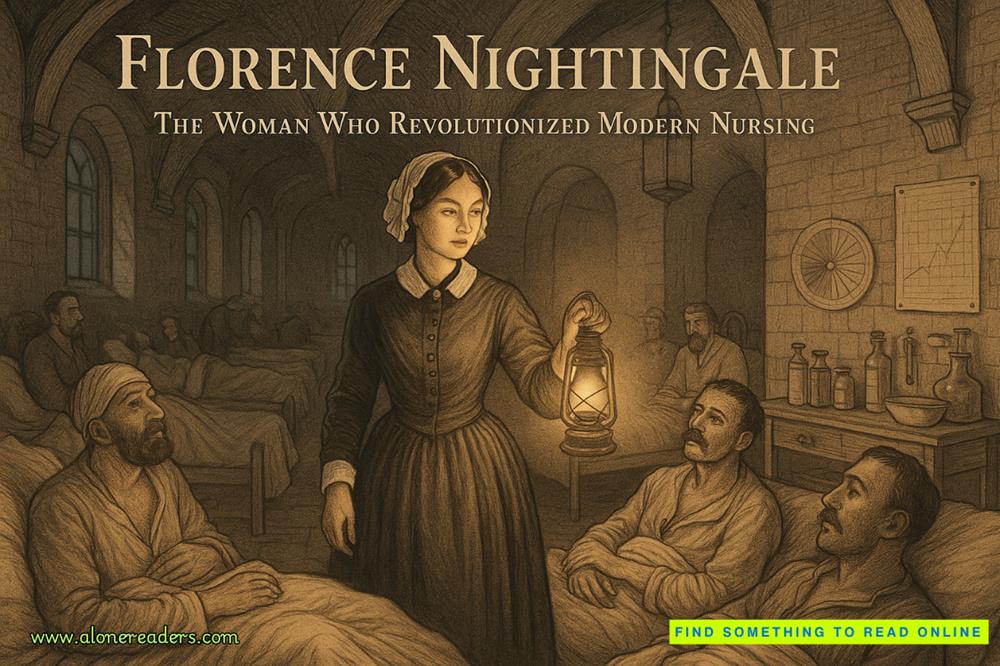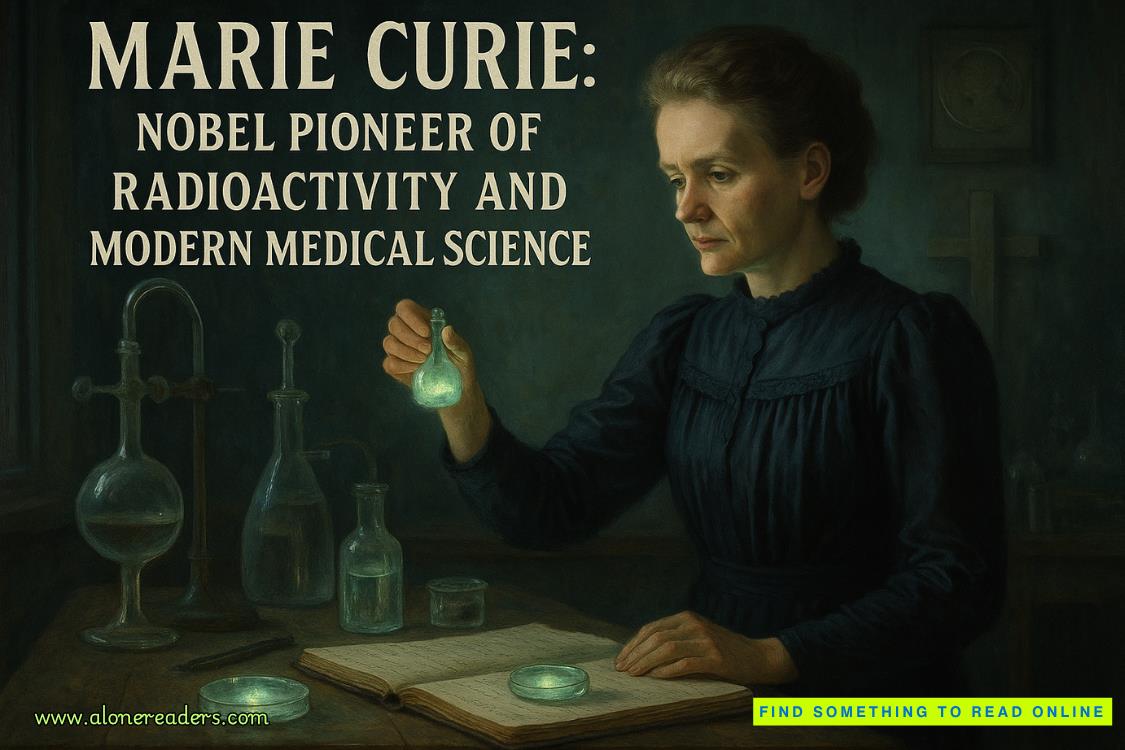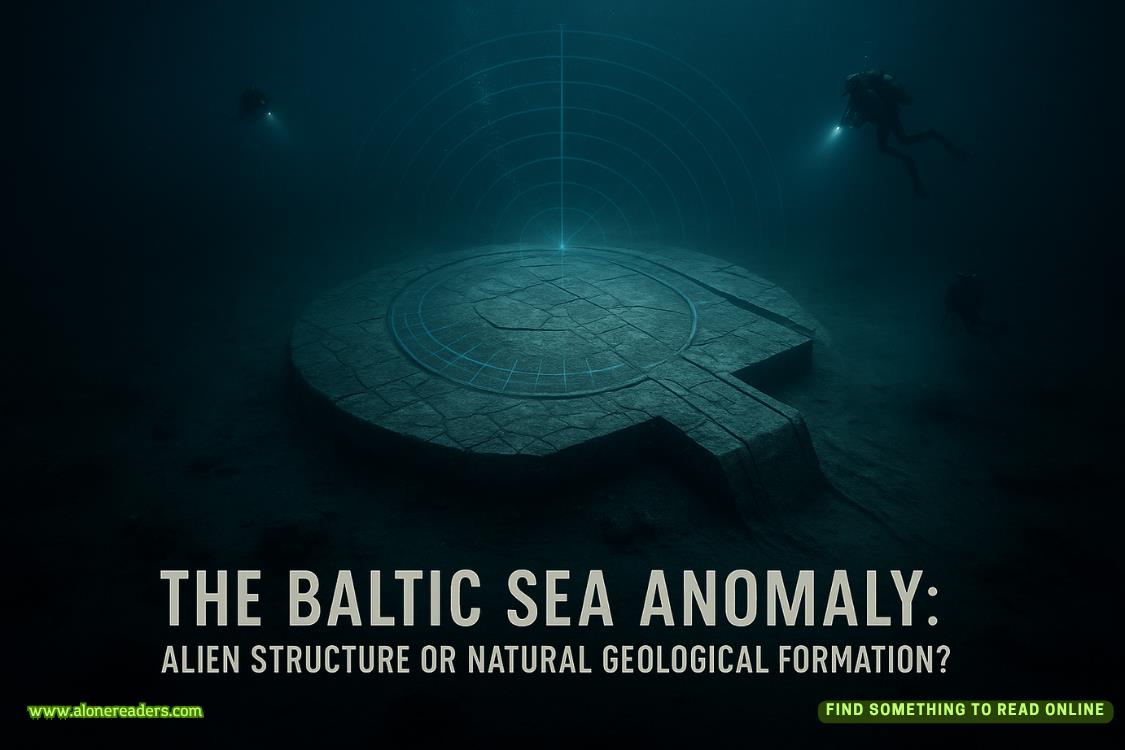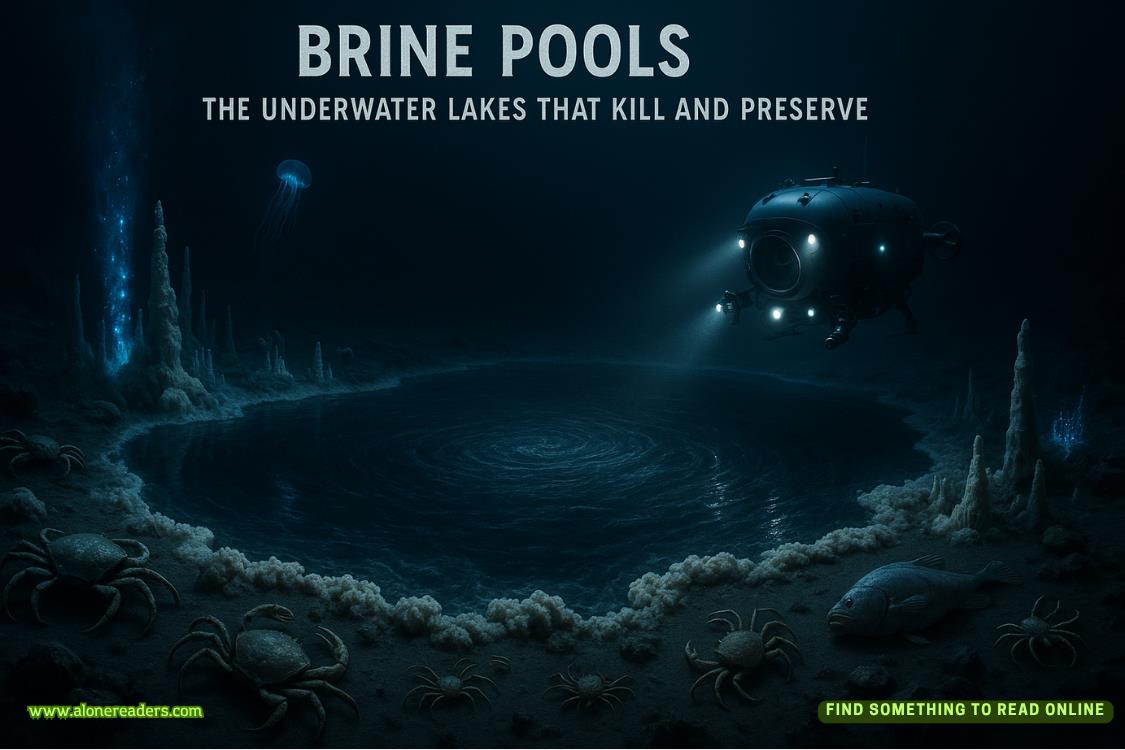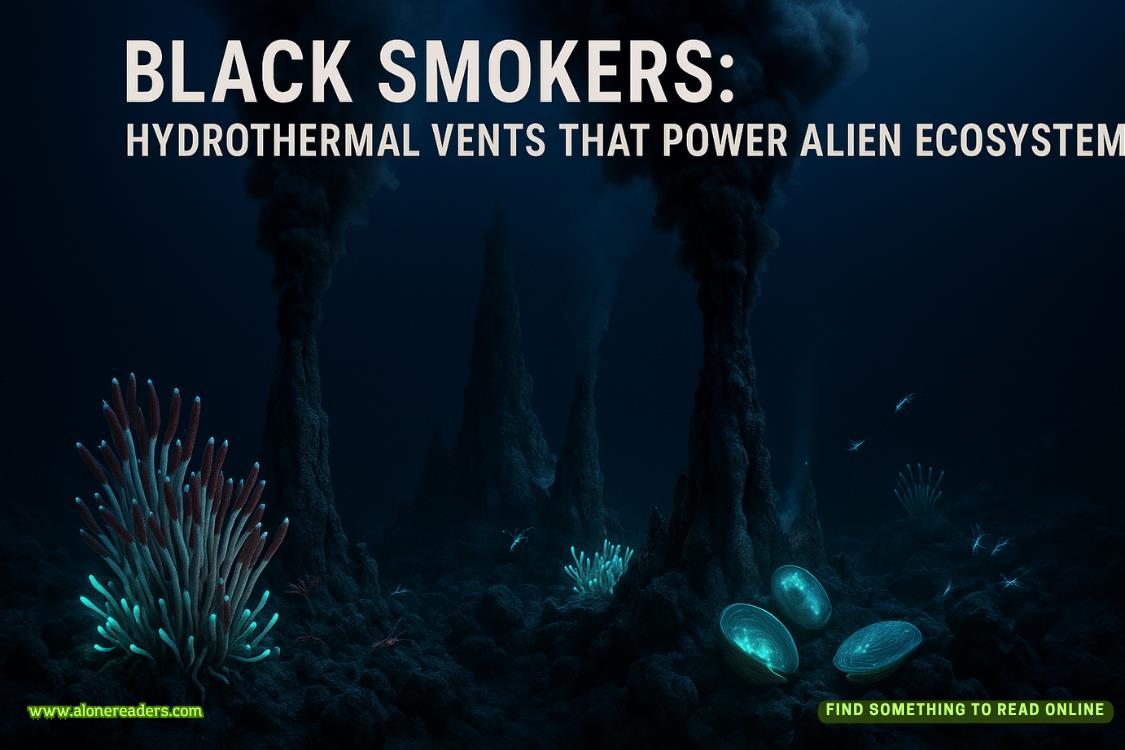Page 57 of Unnatural Death
“She has significant postmortem injury to soft tissue from being preyed upon by animals living in the lake.” I explain her appearance. “If you didn’t know what you’re looking at, you might think her genitalia, her breasts, her face were mutilated. But that’s not what happened.”
Her jaw is clamped tight, the muscles fully rigorous as if she’s being stubborn. I have to pry open her clenched teeth with a thin metal file. Wedging my fingers inside, I force her mouth open wide.
“Her front teeth are chipped, one of them in half,” I explain while looking for foreign objects. Swabbing the inside of her cheeks, her throat, I notice she’s bitten the side of her tongue.
“Obviously, she was still alive at the time,” I tell Marino as we lift the body off the stretcher.
We set it down on top of the autopsy table, and she’s looking worse by the moment. Her abdomen is marbled green and bloating as decomposition advances. Her empty eye sockets and bared broken teeth, the damage caused by aquatic predators, are more startling than before.
“Holy mother of God,” Secret Service Director Bella Steele mutters at she takes it in.
“I warn you that the victims are in bad shape and what you’re about to see won’t get any easier.” I continue telling everyone what to expect as I roll the digital x-ray machine close to the table. “If you’ve never watched an autopsy, these aren’t good ones to start with.”
CHAPTER 22
IREPOSITION THE C-ARM around the table, x-raying the body from head to toe. Images appear in quadrants of the hardwired video display on a cart. I point out two linear objects flaring bright white inside the torso, what’s left of the hiking poles impaling the victim. I describe cutting through the metal shafts so I could close the body bags.
“With both victims, the hiking poles were stabbed all the way through, the shaft protruding front and back,” I’m saying.
I begin sliding them out of the body, careful not to further damage the surrounding tissue. I place the two sections of bloody aluminum tubing inside a large paper bag that I label and seal.
“We’ll check for DNA and trace evidence,” I explain. “I can say with a fair amount of confidence that she was already dead by the time she was impaled. The hiking poles perforated her liver and pancreas, and I’m not seeing any tissue response.”
“Unnecessary violence and degradation are limbically driven,” Benton says. “There was no logical reason to strip the bodies, to degrade and mutilate them. The motivation was purely emotional and also to send a message.”
“Maybe this is a dumb question,” Bella says, “but can you tell whose hiking poles impaled whom? I’m assuming they belonged to the victims.”
I explain that both pairs are the same brand and advertised as tactical. Black with sharply pointed tips, they’re designed for self-defense in the wilderness should one be confronted by an adversary, human or otherwise. There’s no mud basket, the plastic-cup-like barrier near the tip that helps prevent the pole from sinking in mud or snow.
“Similar to what you see on ski poles,” I describe. “If the hiking poles had those it would have been impossible to stab them all the way through a body. You can adjust shafts to different lengths depending on preference, and the victims had done that. One set was extended to five feet long, the other four inches shorter.”
“I think we can safely guess that the longer poles were the male’s,” Benton says. “Do you recall who was stabbed with what?”
“Yes. And it would appear they were impaled with their own poles. The shorter ones were used on her, the longer ones on him,” I reply.
“Could be a coincidence,” Aiden the press secretary says. “Unlikely,” Benton answers. “A taunt meant to hint that the assailant knew his victims and is showing contempt.”
“Intentional or not, chances are the assailant did this last, perhaps right before he dumped her body in the lake and his in the mineshaft,” I explain.
“Overkill. Rage and frustration,” Benton says. “This isn’t typical. To be successful, assassins are coldly calculating. They’re detached emotionally, feeling nothing. It’s just a job. That’s not what happened with the Mansons. I’d call everything about what we’re seeing emotionally out of control and sloppy.”
“Frustrated about what?” Marino thinks forensic psychology is mostly mumbo jumbo.
He’s always been skeptical when experts appear on the scene and start predicting the age of the killer, his ethnicity, the car he drives, how he feels about his mother. It’s been my experience that very often the profiles are wrong. They can be destructively misleading.
“Things didn’t go as planned and it made him very angry,” Benton says, his intuition rarely off the mark. “This is someone who has an insatiable need to overpower. Someone who gets off on it. And the more he’s resisted by his victim or doesn’t get what he wants, the more the violence is going to escalate.”
I continue moving the x-ray machine’s C-arm around the table, images changing on the display. The victim has multiple skull fractures that I point out. She has a broken jaw, clavicle and left arm.
“All of it caused by severe blunt force trauma,” I explain.
“Let me make sure I understand. At some point she was beaten?” Bella asks.
“Very badly, yes.”
“What about the male? Were the same things done to both of them?”
“Based on what I saw at the scene, some of their injuries are similar. Others aren’t,” I reply. “He’s missing part of his head, very possibly from being shot. He has a compound fracture of his left femur, possibly from being dropped more than twenty feet into a mineshaft. We’ll know more when I get him on the table.”
